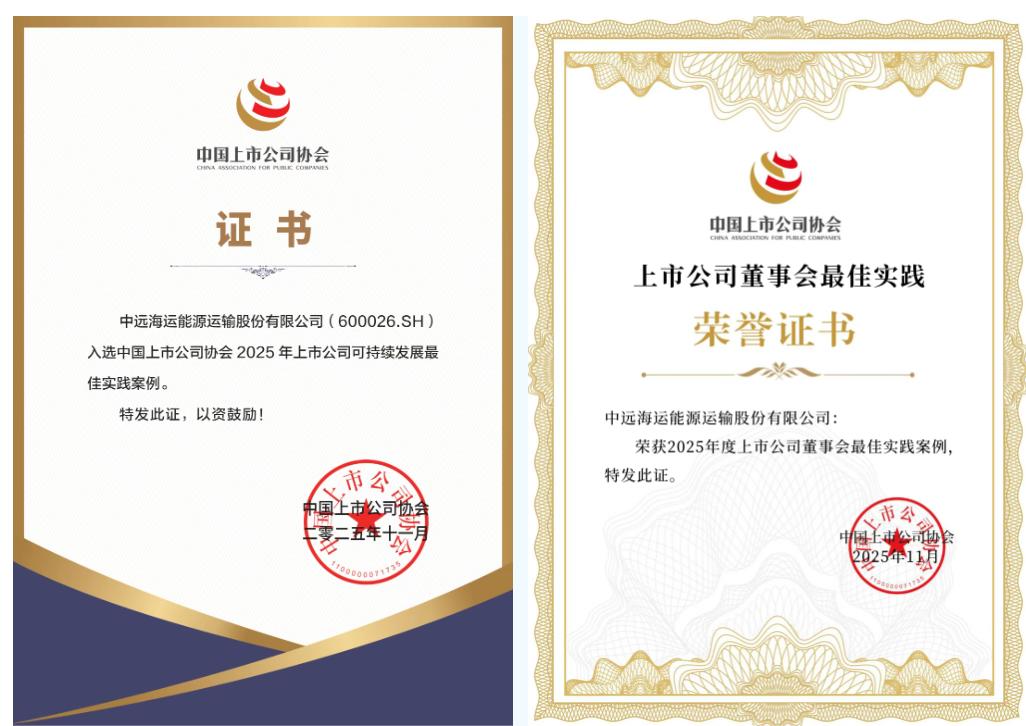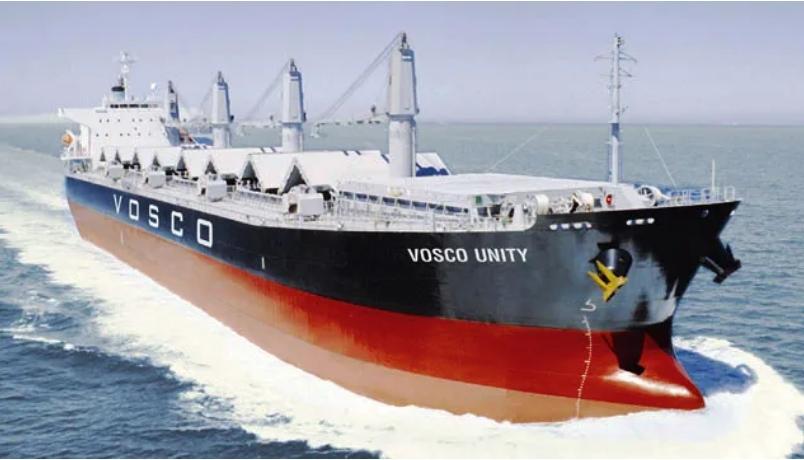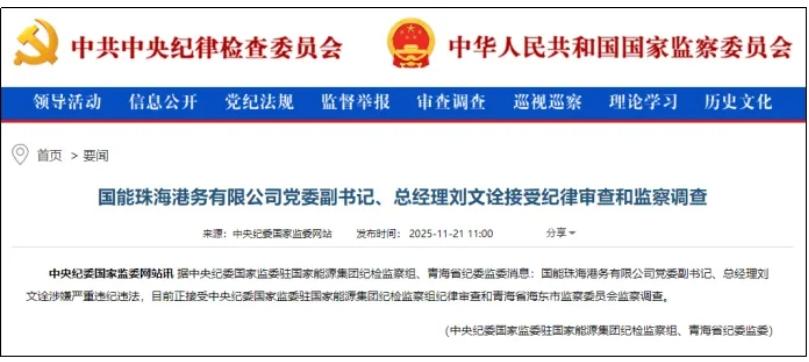Laytime Clauses 装卸时间条款
Laytime expressed as a total daily rate
按照总的每日装卸货速率表示的装卸时间
2.177 A common provision might be:
The steamer shall be loaded at the rate of... tons per running day and at destination cargo to be received at... tons per weather working day.
Whilst it might be imagined that this type of clause could not give rise to any disputes over the calculation of laytime allowed, nevertheless a number of cases have come before the courts.
2.177一般这种条款都是这样规定的:
船舶应以每连续日……吨的速率进行装货,和在目的港的卸货率为每良好天气工作日……吨。
也许您会想象在计算允许的装卸时间时这类条款可能不会产生什么争议,然而,还是有不少案子被提交到了法院。
2.178 In Hain Steamship Co Ltd v. Minister of Food, one of the questions that arose concerned whether, as the shipowners contended, the lay days should be calculated upon the actual quantities loaded and discharged, or as the charterers argued, on a formula based on the freight provision. In the event on this point, the umpire, Sellers J, and the Court of Appeal were all agreed that the lay day provisions were wholly independent of the clauses which provided for the calculation and payment of freight. The shipowners were therefore awarded demurrage based on laytime being calculated on the actual quantities loaded and discharged—there was a slight difference between the two based on shrinkage in transit of the cargo, which was mainly bagged wheat.
2.178在Hain Steamship Co Ltd v. Minister of Food—案中,其中一个相关的问题是,是像船东所主张的,装卸天数应以实际装卸货量为准,或是如承租人所争论应以运费条文为准则。最终,针对这一点,公断人Sellers 法官和上诉法院均认同:装卸时间条款完全独立于运费计算和支付条款的规定。因此,判决装卸时间的计算应以实际的装卸货量为准,而判决给予船东滞期费——当时所运的货物主要是袋装小麦,由于在运输过程中的脱水缩减,装货量和卸货量这两个数字是稍有不同的。
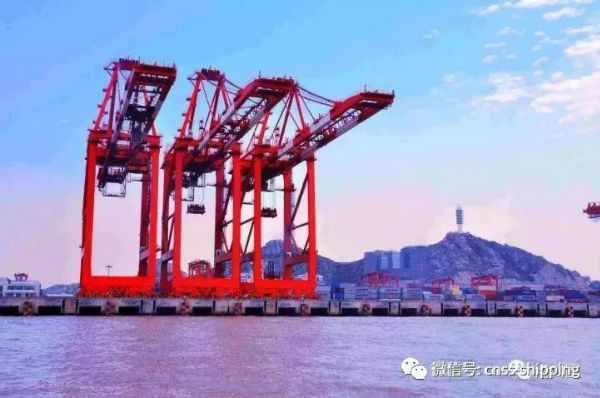
2.179 In Clerco Compania Naviera SA v. The Food Corporation of India (The Savvas) one of the questions that was considered was whether discharge laytime should be calculated on the full cargo carried or on the reduced amount remaining after lightening. By additional clauses, the charterparty provided:
18. Cargo is to be discharged by consignee’s stevedores free of risk and expense to vessel at the average rate of 1500 tons...
22. Lightening, if any, at discharging port to be at Owners’ risk and expense and time used not to count as laytime.
The other question was whether the time used in lightening was simply the time taken to remove that portion of the cargo from the ship or whether it included the period the vessel had to wait for lighters to become available.
2.179 在Clerco Compania Naviera SA v. The Food Corporation of India(The Savvas)案,所考虑的问题之一是卸货时间是应按载运的全部货量计算,还是按驳卸后所剩的已减少的货量计算?租船合同的附加条款是这样规定的:
18. 货物收货人的装卸工负责卸货,船方不负担风险和费用,卸货率平均为1 500吨……
22. 驳载,如果使用的话,在卸货港,由船东承担风险和费用,但是所用的时间不计入装卸时间。
另一个问题是:驳载所用的时间是否简单地是从船上卸下部分货物所花费的时间,还有,是否也包括船舶等候驳船准备作业这段时间呢?
2.180 Having first determined that time used in lightening had the more restricted meaning and only covered the actual discharge time, all three tribunals that considered the point, the umpire, the High Court and the Court of Appeal, then went on to find that laytime should be calculated on the full cargo carried. Parker J put it this way in the High Court:
With regard to the other matter, whether the laytime is to be calculated on the full amount of the cargo or only on the reduced amount, the argument centred upon the use of the words ‘‘Cargo is to be discharged by consignee’s stevedores free of risk and expense’’ and it was submitted that the result of those words was that the clause could only be applicable to the cargo remaining at the end of the lightening process. To give that significance to those words appears to me to be unwarranted. As a matter of commercial sense if a charterer is to have time running against him as from the moment that the fully laden vessel arrives at the port he should have available for dealing with the cargo on board that number of laydays appropriate to the cargo then on board.
2.180在首先明确了驳载所用时间是有更严格的含义,而只包括实际的卸货时间之后,接着,所有三个法庭都认真考虑了这一点,包括公断人、继而是高等法院和上诉法院均认定,装卸时间应按所装载的全部货量计算。在高等法院,Parker法官是这样说的:
至于其他问题,装卸时间是否应按全部货量计算,还是按减少后的数量计算?争议的焦点就集中在‘货物由收货人的装卸工负责卸下,船方不承担风险和费用’这些词语的作用上。我认为,这些词语的结果是,这一条款仅仅适用于驳卸过程结束时所剩余的货物。对我来说,去强调这些词语的重要性没什么根据的。从商业意义上讲,如果(租约规定)承租人要使针对他的时间从满载船舶一抵达港口就开始连续计算的话,那么,他就应该利用与尚在船上的货物相符合的装卸天数来处理船上的货物。
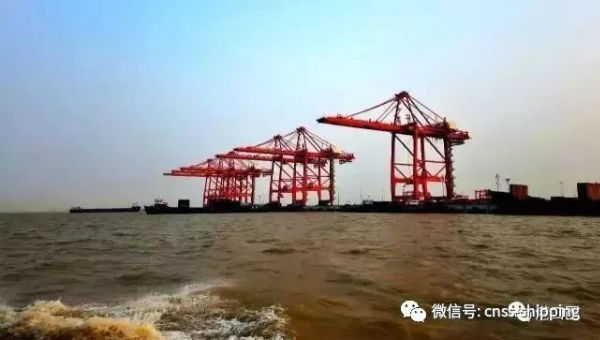
2.181 In The Siam Venture and Darfur, the parties agreed a discharge rate of 2,500/3,000 tonnes per day, and the question arose as to whether this was too vague to create an obligation at a rate which was certain or a rate by which laytime could be calculated. Rejecting this argument, Sheen J held that owners could only enforce the contract in the way least burdensome on the defendants and that, under their agreement, the defendants would have avoided liability for demurrage if they had discharged at a rate of 2,500 tonnes per day. The laytime allowed should therefore be calculated on this basis.
2.181在The Siam Venture and Darfur案,当事双方约定的卸货率为每天2500/3 000吨。所产生的问题是,这种规定是否太模糊了,以至于无法算出准确的装卸时间和分清责任。Sheen法官否决了这一论调,判定:船东只能以对被告造成最小的负担的方式去执行合同,而且,根据他们的协议,如果被告按照每天2500吨的速率卸货,他们本应该可以避免承担滞期费的责任。因此,所允许的装卸时间应该按此计算。
2.182 Another area of conflict that has come before the courts is whether, where a charterparty provides for more than one load port or discharge port, the laytime allowed should be calculated separately for each port. In United British Steamship Co Ltd v. Minister of Food there was one receiver but two discharge ports, and in Compania Naviera Azuero SA v. British Oil and Cake Mills Ltd and others, there were also two discharge ports, but a total of 14 receivers. In the latter case, Pearson J considered a third possibility, that there might be 14 separate calculations, one for each bill of lading, at least where the receivers and not the charterers were liable for demurrage. However, this last alternative he quickly rejected.
2.182提交法院的另一个分歧的区域是,如果租船合同规定了一个以上的装港或卸港,允许的装卸时间是否应对各个港口分开计算。在United British Steamship Co Ltd v. Minister of Food案,货物均属同一位收货人,但,卸港是两个。还有在Compania Naviera Azuero SA v. British Oil and Cake Mills Ltd and others案,这也是两个卸港,但总共有14个收货人。在后一个案例中,Pearson法官提出了第三种可能性的看法,即或许可以分开14次计算,对一个提单计算一次,至少是收货人而不是承租人得负担滞期费。不过,这最后一种选择,他很快又否定。

《装卸时间与滞期费》购买链接(点击可购买)
海运圈聚焦专栏作者 魏长庚船长(微信号CaptWei)

 2018-05-28
2018-05-28 991
991 







